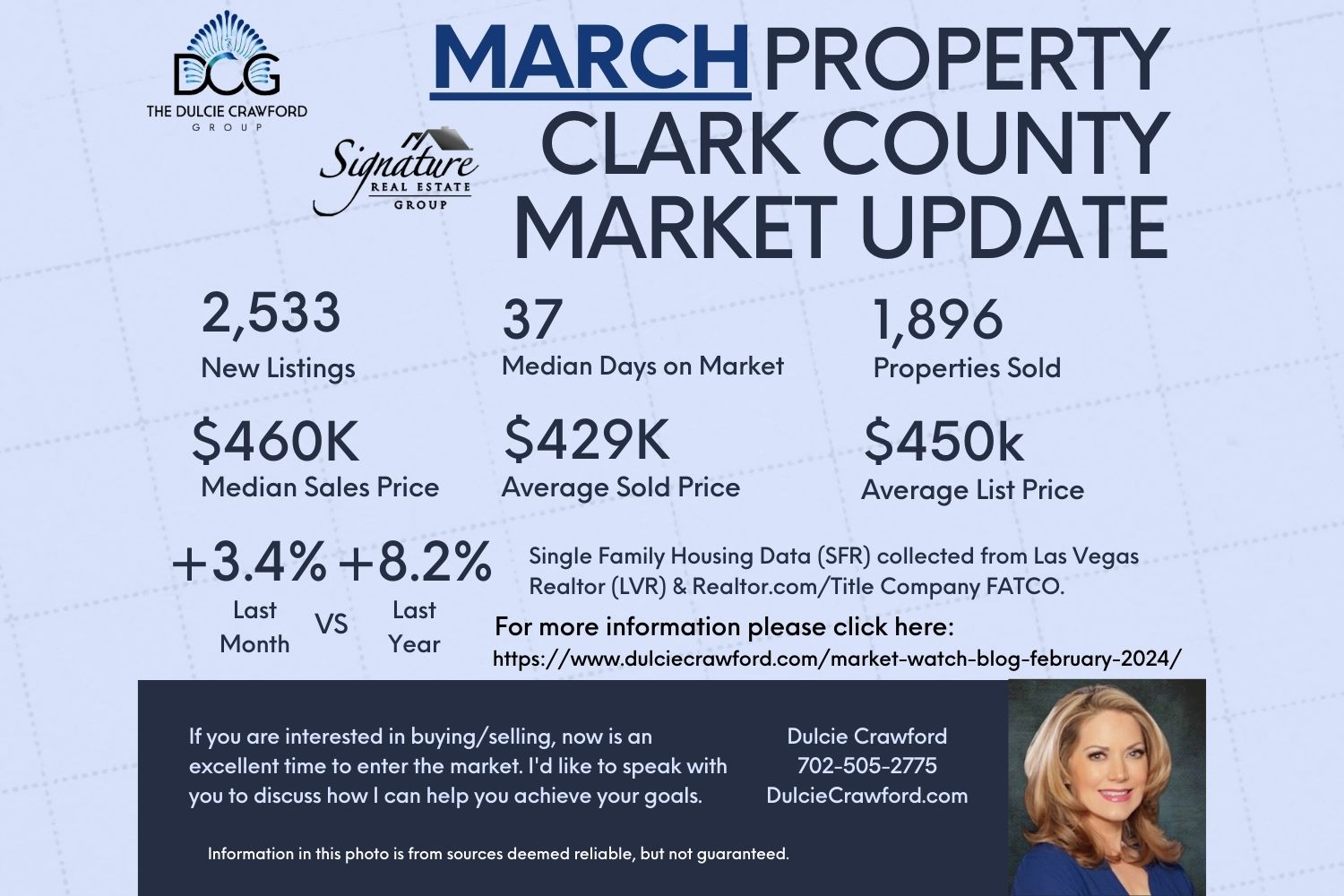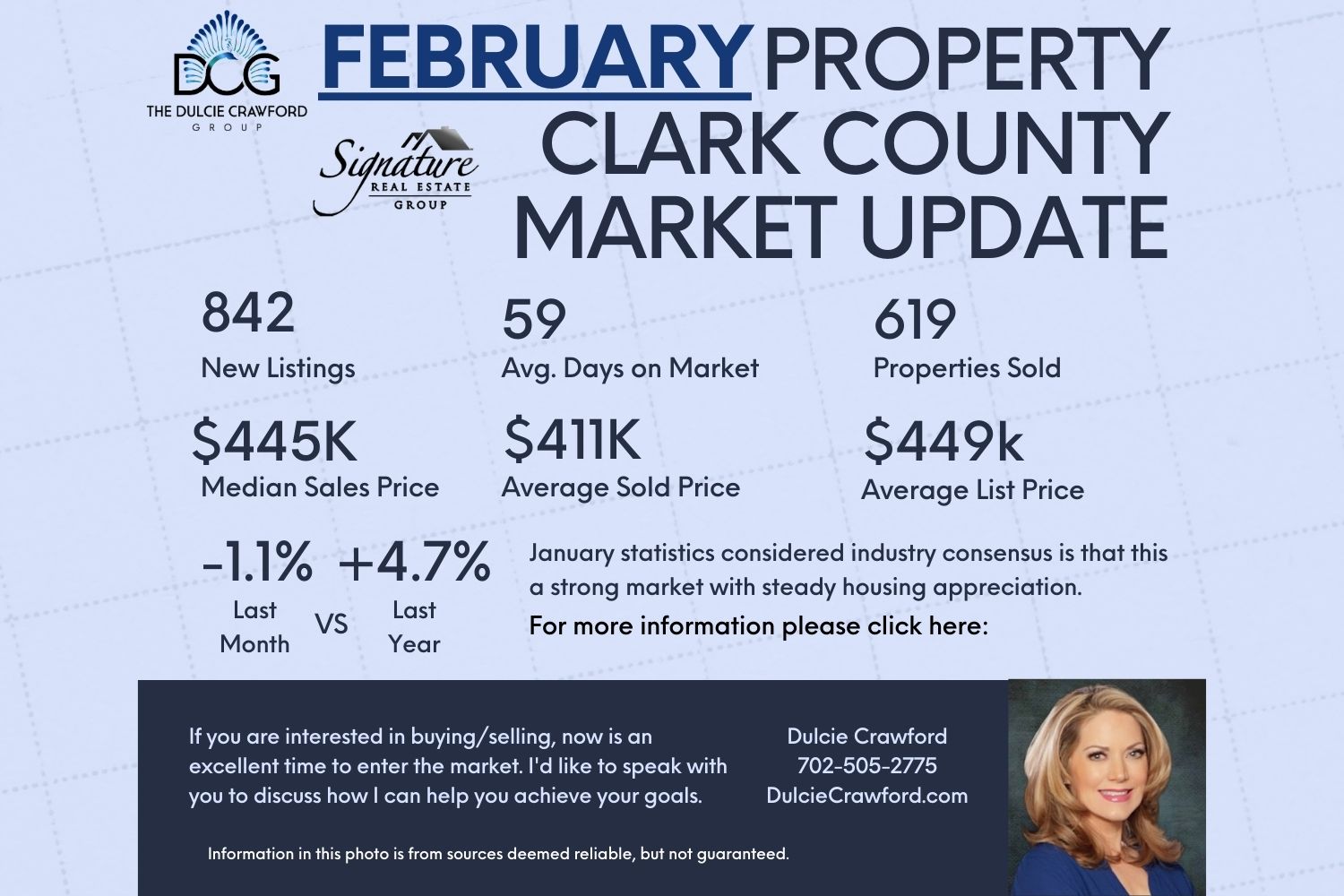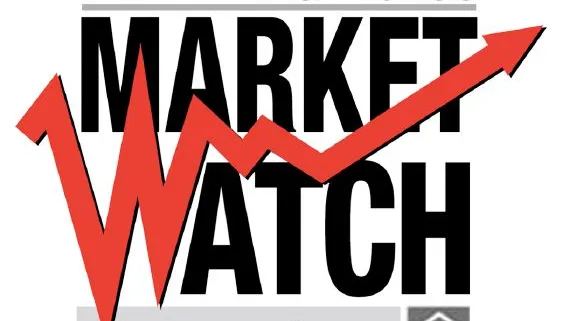The following is an article from the LA Times by Kenneth R. Harney, that discusses in detail the changes that may be forthcoming in Fannie Mae and Freddie Mac. According to the article, the Obama administration aims to phase out Fannie Mae and Freddie Mac and to cut the FHA’s market share. This could impact the already struggling housing market as credit becomes tighter and harder to get, making the housing recovery even more difficult.
Here is the article:
Fixed 30-year mortgage rates in the 5% range? Minimum down payments below 5%? Jumbo-sized home loans for high-cost markets at regular interest rates? Kiss them goodbye — possibly sooner than you might guess.
Take a snapshot of today’s mortgage market conditions and frame it. It’s highly likely you’ll never see anything like these favorable combinations of rates and terms again. That’s the inescapable conclusion emerging from the Obama administration’s white paper on possible remedies for the two ailing giants of housing finance — Fannie Mae and Freddie Mac — along with events underway in the national economy.
The administration’s long-delayed housing report, released Feb. 11, drew a mix of catcalls and mild applause. Apartment developers praised the report’s emphasis on expanding opportunities for people to rent their housing as opposed to the idea that homeownership is something for everybody.
Big banks and their allies in Congress welcomed the prospect that Fannie Mae and Freddie Mac — which together account for about 60% of the mortgage market but have cost taxpayers a net $150 billion in bailout money in the last three years — will be heading into oblivion. Consumer and real estate industry groups lamented the phase-out of Fannie and Freddie, both of which supplied steady streams of mortgage money for decades, their recent crashes notwithstanding.
The report offered not only options for Congress to consider in winding down the two companies but also recommendations on more immediate transition measures to achieve a smaller federal footprint in the mortgage market. Some of these transitional steps require no congressional approval, and therefore are likely to affect borrowers and home buyers in the months ahead. Factor these changes into your timing for any loan application or purchase you’re contemplating this year:
- Higher insurance fees on Federal Housing Administration mortgages — another quarter of a percentage point on annual premiums. That’s vitally important to consumers with moderate incomes and assets, especially in the African American and Hispanic communities where FHA loans are the dominant route to homeownership. The report also hints at a possible increase in minimum down payments for FHA loans — currently just 3.5% — but provided no specifics. Congressional approval would be required for any change.
- Significant reductions in maximum loan amounts later this year for both FHA and conventional loans eligible for purchase by Fannie Mae or Freddie Mac, unless Congress votes to retain the current statutory $729,750 limit for high-cost areas before its expiration Oct. 1. Loans above each local market’s limit — whatever the reduced ceiling turns out to be — will be considered jumbos and will come with higher interest rates from private lenders.
- Raising the fees Fannie Mae and Freddie Mac charge lenders to guarantee pools of their mortgages for resale to bond investors. Lenders will automatically pass those on to borrowers as a cost of doing business. The report also calls for raising down payment requirements at Fannie and Freddie to 10%.
- Retaining the controversial and costly add-on fees charged by Fannie Mae and Freddie Mac that can increase the expense of obtaining even a moderate-size mortgage by thousands of dollars.These add-ons extend to applicants with FICO credit scores of 800 and above who are making substantial down payments. The white paper actually applauded the imposition of these fees, calling them one of several first steps on the path to weaning consumers off reliance on Fannie and Freddie for mortgage money.
The administration not only wants to wind down the two companies over the coming several years but also to severely reduce the size of the FHA’s role — cutting its market share from around 30% today to as low as 10%. Where will the buyers who depend upon the FHA for affordable financing turn when that sharp cut has been accomplished? That’s not clear.
The white paper makes an oblique reference to a major issue bubbling on the back burner that could also push rates up: Regulators are debating what should be a “qualified residential mortgage” under the terms of last year’s financial reform legislation. Loans that aren’t qualified — in terms of down payment size and other criteria — will require extra investments by lenders when they pool them into bonds; that in turn could raise rates for nonqualified mortgages as much as 3 percentage points.
One proposal is to make 20% to 30% down payments the minimum to meet the qualified test. Under the worst-case scenario, you’ll be charged significantly higher rates if you have only enough for a small down payment.
Bottom line: Get ready to pay more for mortgages, no matter what happens to Fannie Mae and Freddie Mac.
We will keep you updated on any development on these and other housing issues. If you need any real estate services, please contact The Dulcie Crawford Group and let our experience work for you.


















Leave A Comment
You must be logged in to post a comment.